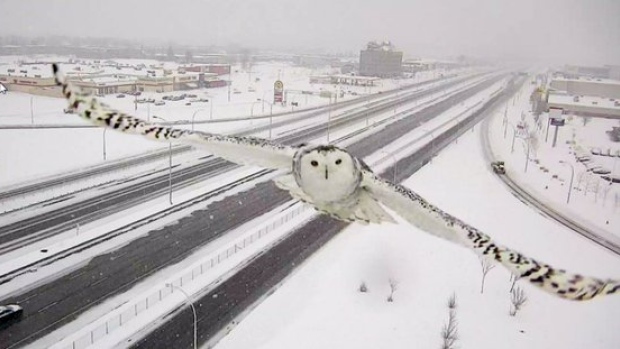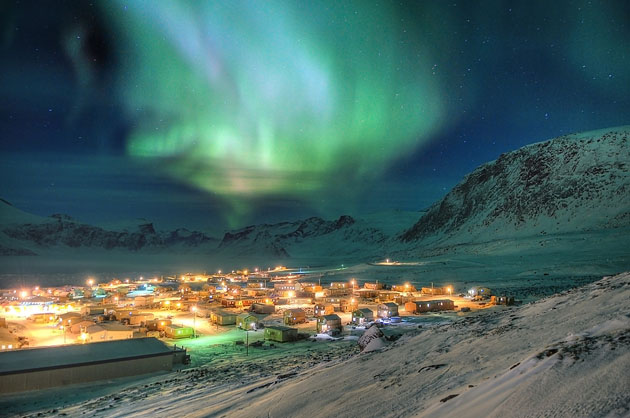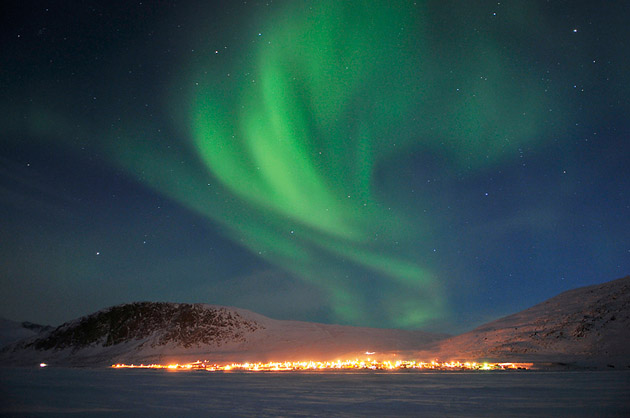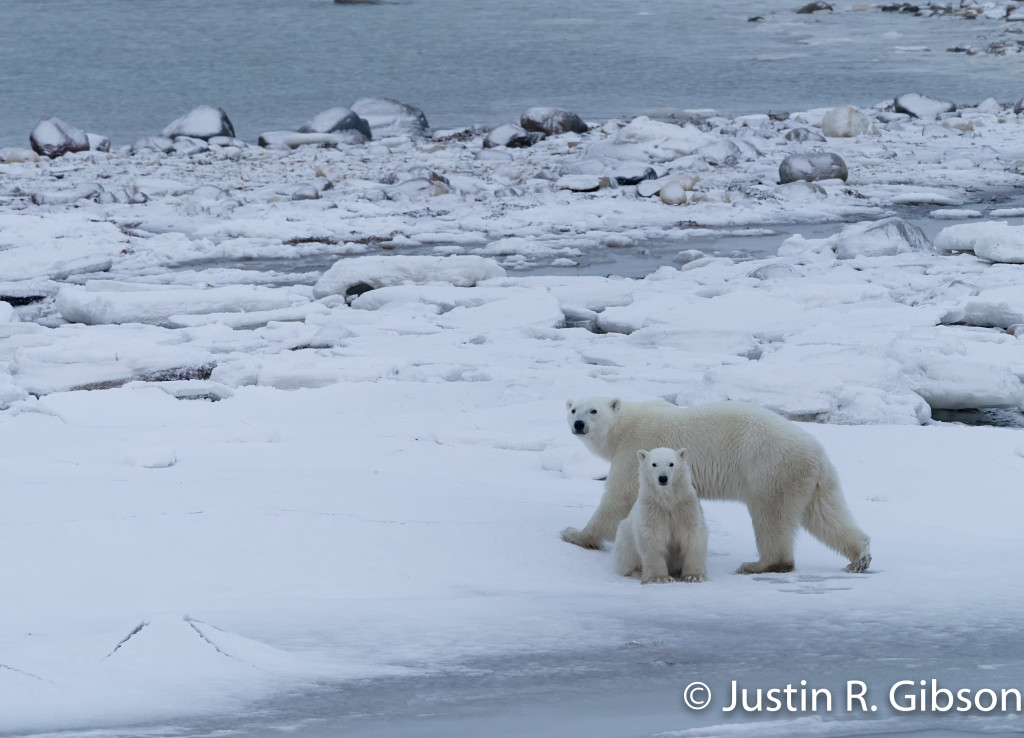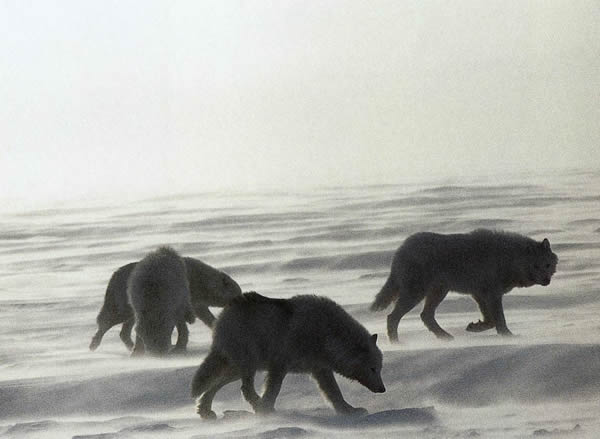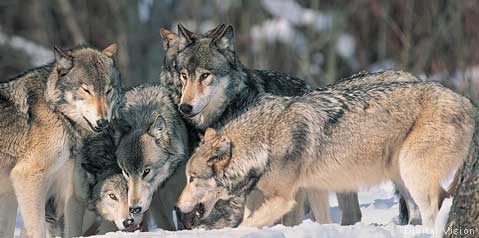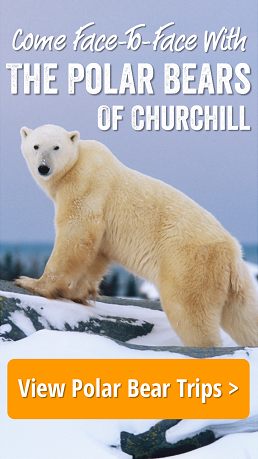Snowy Owls and Lemmings
The snowy owl is the largest owl – by weight- and certainly the most photogenic with its’ regal white feathers and stunning yellow eyes. Birders and travelers from around the world venture north to the Arctic to catch a glimpse, and sometimes more in heavily populated years. Summers are spent deep in the Arctic to take advantage of the 24 hour sunlight that enhances chances to gather more prey such as lemmings and ptarmigan. In bountiful years when the lemming population is prolific, snowy owls can rear twice or three times the number of young. The two species are intertwined.

Snowy owl flying right into view of a traffic camera in Montreal, Quebec. transport Quebec photo.
Snowy owls are prevalent in Churchill during polar bear season in October and November. Last season, high numbers of sightings across the tundra drew the awe of people whom had ventured to the polar bear capital of the world mainly to see the bears. However, the magnificent owl always seems to create a lasting impression on the groups. Though the seasonal fluctuations are sometimes frustrating to travelers and in particular birders that journey to Churchill to see the species, there is a pretty basic explanation for the changes year to year. Why do we have these vastly different numbers in various seasons?
Lemmings in particular are a unique prey species for snowy owls. Lemmings prey upon tundra mosses and will remain in an area until their food supply has been exhausted. Unlike voles that eat grasses which replenish naturally fairly quickly, the mosses that lemmings eat take years to regrow. Therefore they move to another region and the predators such as snowy owls follow. The lemming population crashes after reaching a peak density and the owls emigrate to greener pastures or, at least those with healthy moss populations. There they will usually find lemming populations…and the cycle continues. The theories that lemming populations decrease due to predators such as foxes, owls and other raptors in a region is simply not true. The available vegetation is the key to the cycle.
